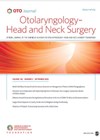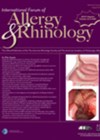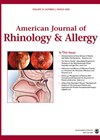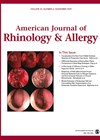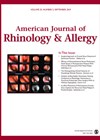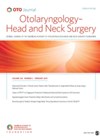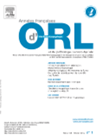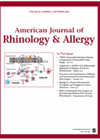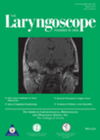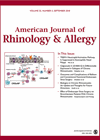
Journal Reviews
Eustachian tube dysfunction usually improves following endoscopic sinus surgery
This study investigated effects of endoscopic sinus surgery (ESS) on eustachian tube dysfunction (ETD) and factors associated with improvement. This was a retrospective study which included 302 patients over 17 years old who underwent ESS between 1 December 2016 and...
Location, location, location: How to get the steroid where you need it, in chronic rhinosinusitis
What almost all current guidelines on chronic rhinosinusitis have in common is the importance of intranasal steroid (INCS) use. However, it is increasingly understood that the efficacy of INCS depends on their efficient delivery to the point of need, i.e....
How to manage the concha bullosa in FESS
It is an interesting concept to assess how much impact the presence of a large concha bullosa (CB) has on both severity of chronic rhinosinusitis (CRS) and also postoperative outcomes after FESS. The authors accept that the paper has limitations...
A classification of a new cell - the retrosphenoid cell
This is a concise paper which describes a previously undefined type of cell within the sphenoethmoidal complex. It identifies the retrosphenoid cell, differentiated from an Onodi cell by being entirely within the posterior wall of the sphenoid sinus, lying between...
An alternative view and access point
Fungal sinusitis is a common problem and it is well recognised that it can be difficult to remove all of the fungal matter from the maxillary sinus to ensure no recurrence or residual disease. This study describes a technique utilising...
Sinus implants to treat recalcitrant polyps
It is well established that the burden of chronic rhinosinusitis on healthcare costs and patients’ quality of life is high, and that current mainstream treatment options of oral or topical steroids are not without problems. This paper compares two RCTSs...
SNOT-25 to assess CRS - a new tool
The SNOT-22 is a well-established validated instrument, designed to evaluate the rhinosinusitis-specific health status and health-related QOL, however makes only one broad reference to productivity. The objective of this paper is to evaluate a modified SNOT-25 created to better assess...
Sphenopalatine ganglion block in endoscopic sinus surgery reduces intra and post-operative morbidity
The authors present results of a meta-analysis to investigate the role of sphenopalatine ganglion block (SPGB) in reducing postoperative pain in endoscopic sinus surgery (ESS). An electronic database search (Pubmed, SCOPUS, Google Scholar, Embase, and the Cochrane Register of Controlled...
Widen the ostium or keep it: that is the question
The original concept of wide endoscopic sphenoethmoidectomy for sinonasal polyposis has been a well-established principle since 1995. However, with the evolution of the understanding of sinonasal physiology, this might change. The authors present arguments based on the evolutionary and developmental...
Balloons – more complicated than first thought?
This study describes the complications seen after balloon sinuplasty (BSP) - a commonly performed procedure (particularly in the USA where it is often performed as an office procedure) versus traditional functional endoscopic sinus surgery (FESS). The data source was a...
Does Tranexamic acid reduce intraoperative bleeding during FESS?
Intraoperative bleeding during FESS can reduce visibility and obscure important landmarks. This can result in longer operative times, increase risks of complications and even lead to incomplete surgery. Tranexamic acid is a drug which prevents fibrinolysis and stabilises blood clots....
A novel way to reduce postoperative nausea and vomiting
This is an interesting RCT which evaluates the prophylactic effect of bilateral endoscopic injection of local anaesthetic in the sphenopalatine ganglion (SPG) on postoperative nausea and vomiting (PONV). It has a robust design, and is sufficiently powered and blinded, with...

